Glow to This Flickering Tribute to Neon
The past shines at the Museum of Neon Art in Southern California
Maybe it's the cars. Maybe it's the stars. But Southern California has always been a haven for neon lights, from the neon neighborhood signs of San Diego to North Hollywood’s towering Circus Liquor clown. In years gone by, neon signs lured drivers out of their cars to diners and stores and heralded nightlife, glamour and glitz. And now, a group of neon sign preservationists have reopened their tribute to the electric art form—the Museum of Neon Art.
The museum has actually been around since the 1980s, when neon artist Lili Lakich joined forces with another neon artist, Richard Jenkins, to try to help preserve the fading art of neon. the museum bounced from place to place before opening in its current form in Glendale, California last week. Its signature piece of neon is a recreation of a classic sign from a Mississippi motel—a svelte diver in a red bathing suit that is pretty hard to miss.
Neon signs have been in existence since the early 20th century, when a French inventor installed the first-ever neon sign above a barber shop in Paris. Soon, neon lights could be found in theater districts and above businesses, beckoning in travelers and fueling SoCal’s thriving car culture.
By the '80s, though, neon was on its way down. Despite society’s ongoing fascination with fluorescent colors, neon had gained a rather run-down reputation. As the BBC’s Jonathan Glancey writes, “[H]ere were the realms of back street dives, of sex shops and hostess bars, with neon showing the way to the seedier sides of city life.”
Throw the relative expense of making, using and repairing neon signs into the mix, and it all added up to a dying art form. These days, neon lights are being crowded out by LEDs and neon-rich cities like Hong Kong are losing their flickering, dynamic glow.
That’s where the Museum of Neon Art comes in. The museum has snapped up historic signs from Southern California and elsewhere, restored them to their former glory and placed them in its glowing new facility in Glendale. The museum, which features advertising signs, neon decorating elements like clocks and art installations made with neon, also conducts what it calls a “neon cruise”—guided nighttime tours that showcase LA’s most iconic signs. Whether you come to cruise or just peruse the museum’s rotating collection, its signs serve as a portal, calling you back to a glowing past.
/https://tf-cmsv2-smithsonianmag-media.s3.amazonaws.com/accounts/headshot/erin.png)
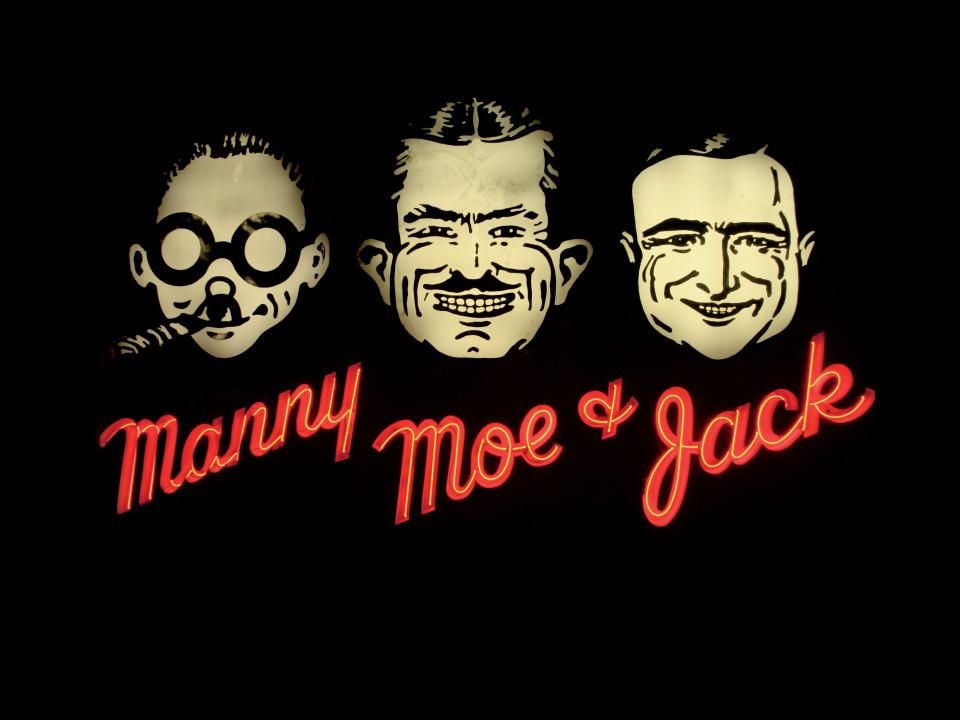
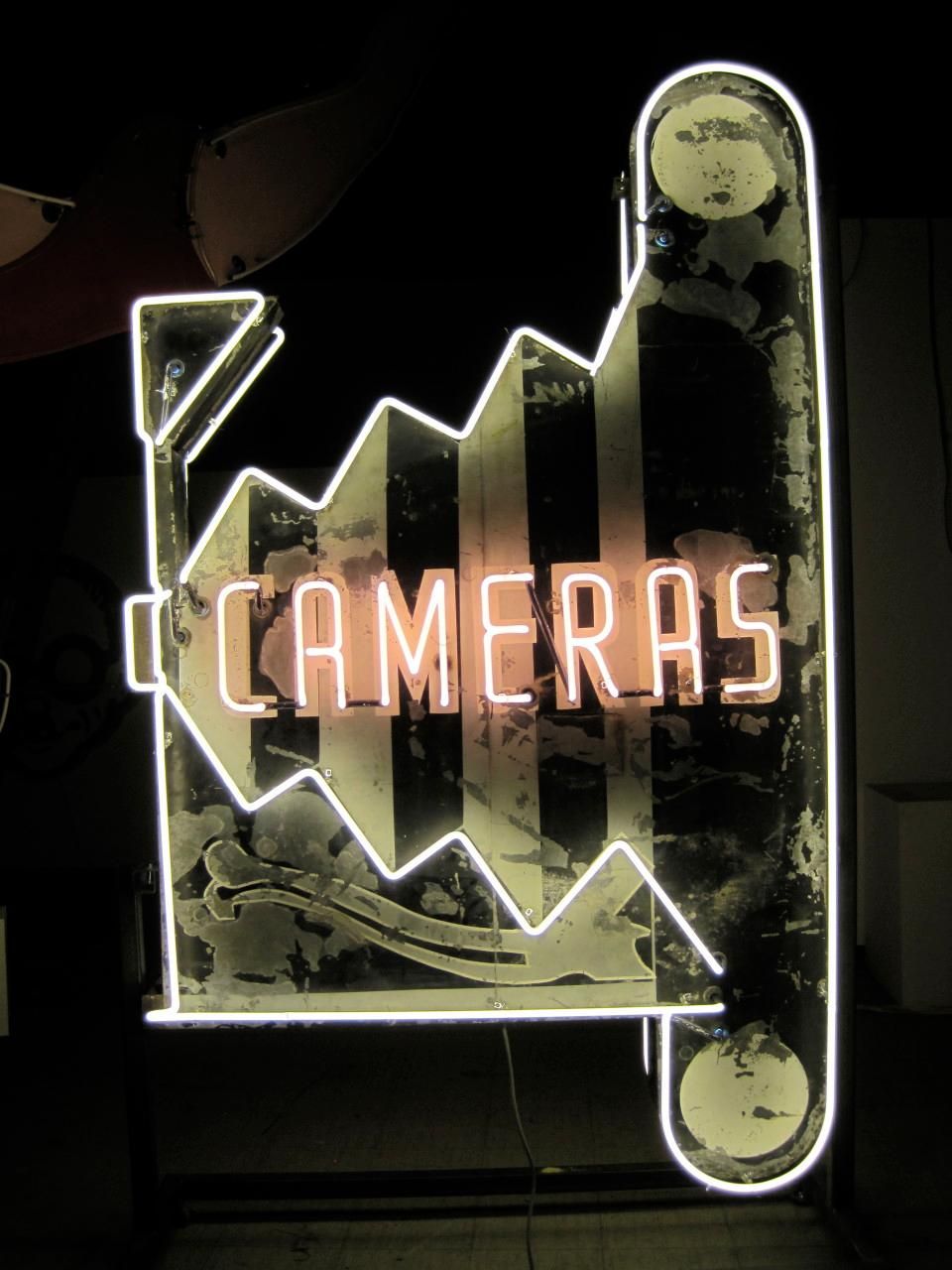
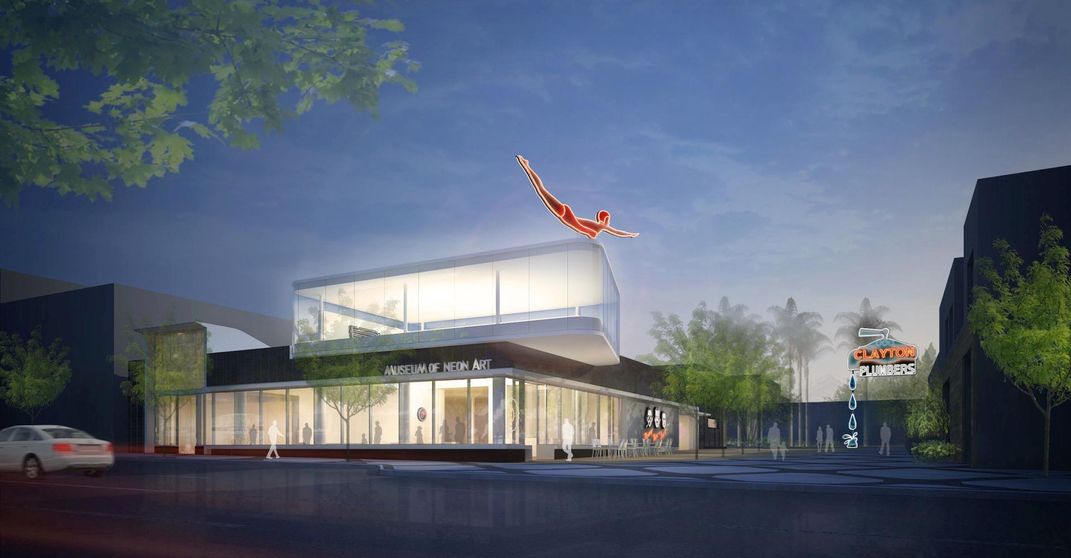
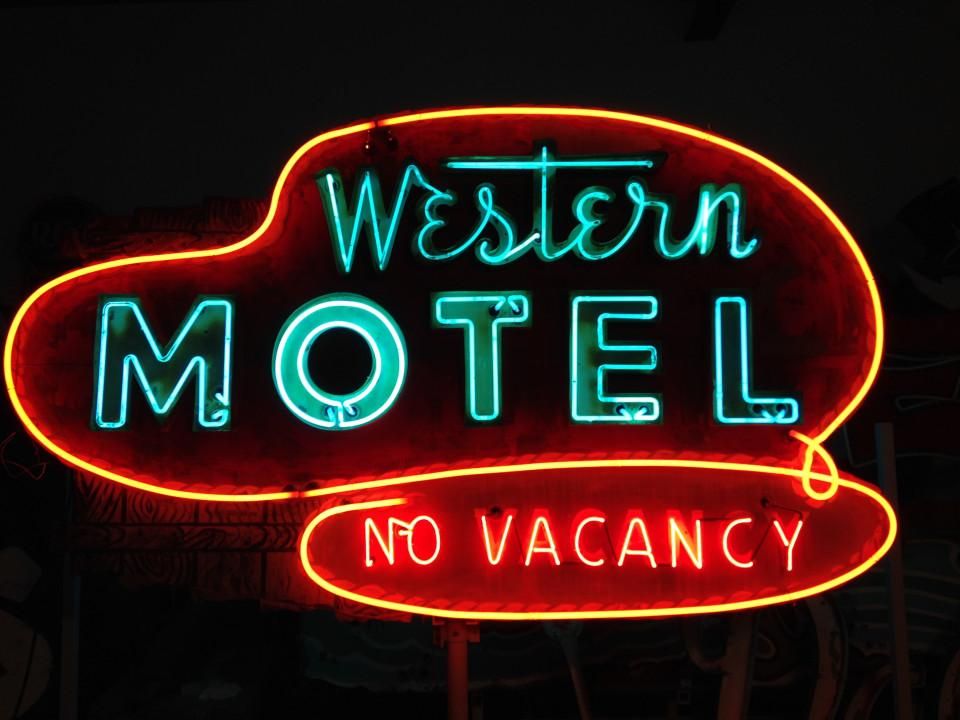
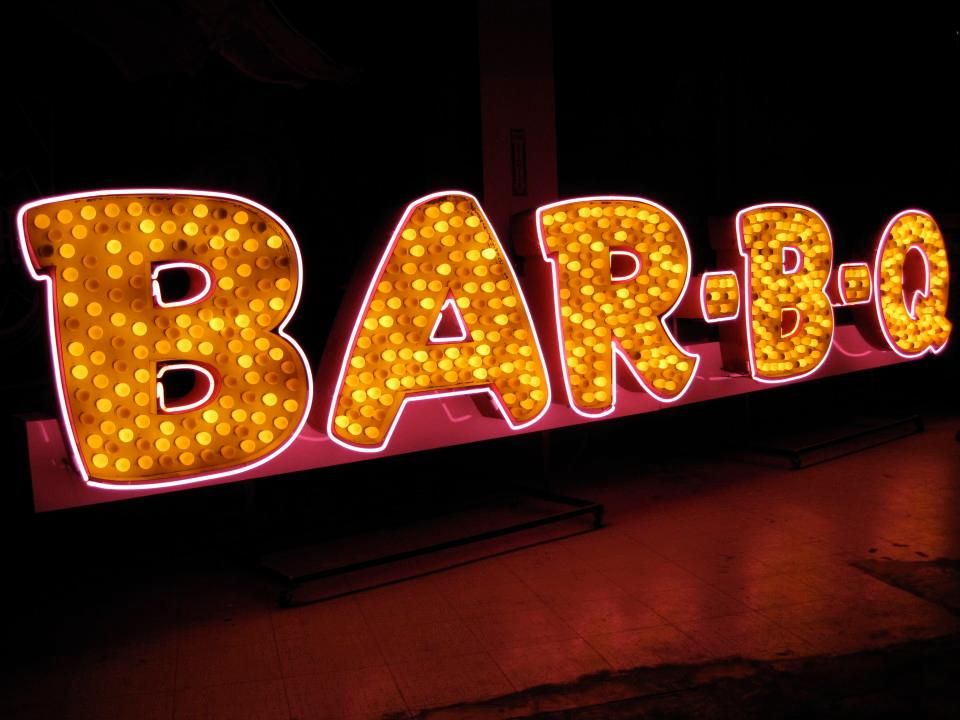
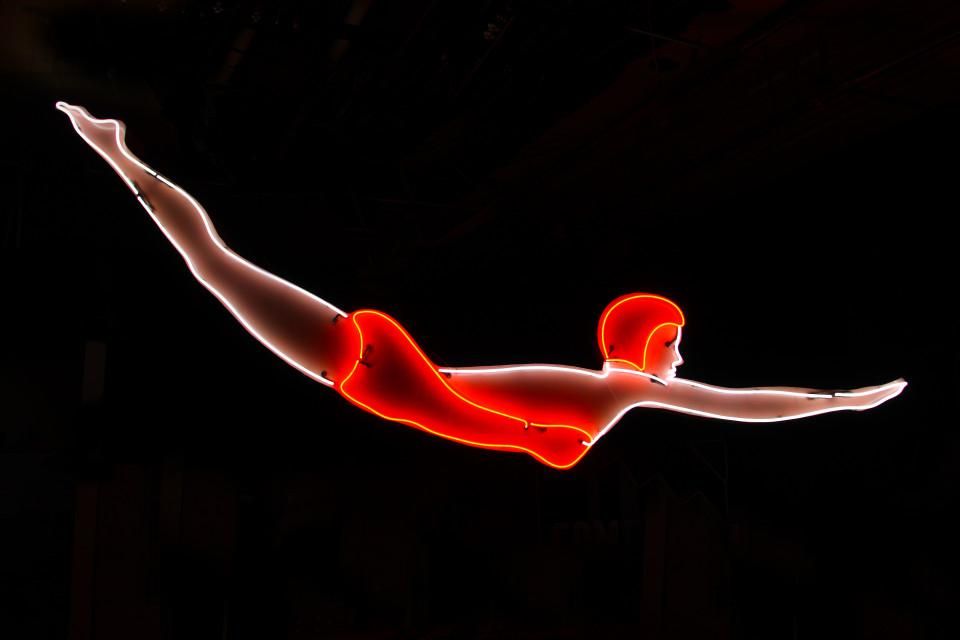
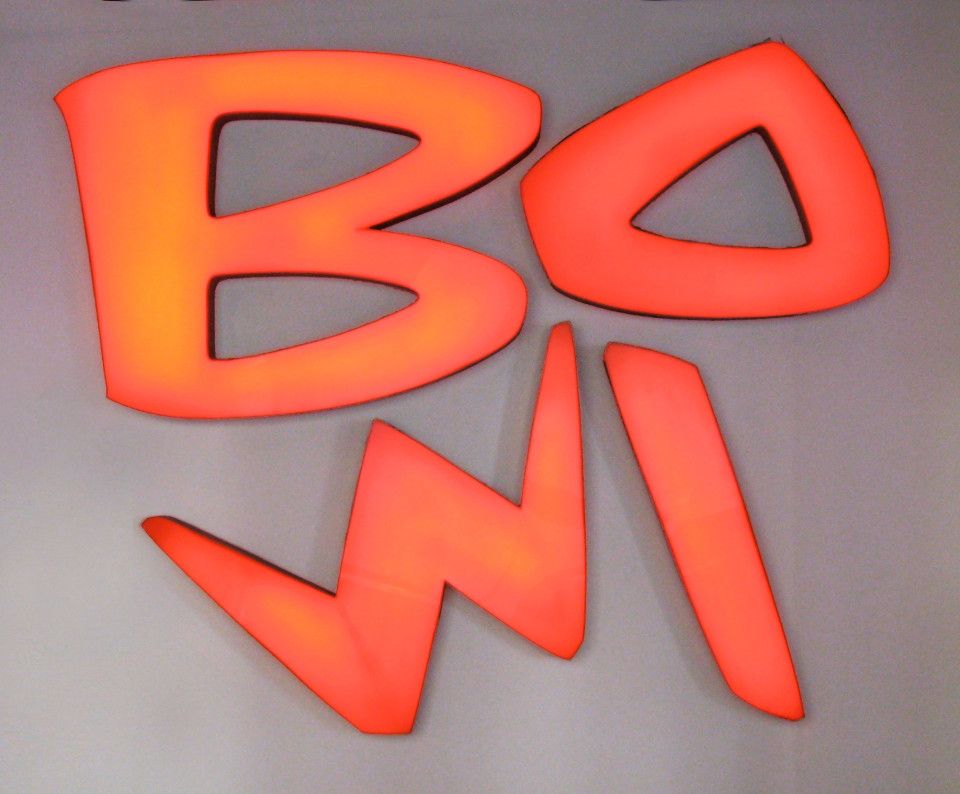
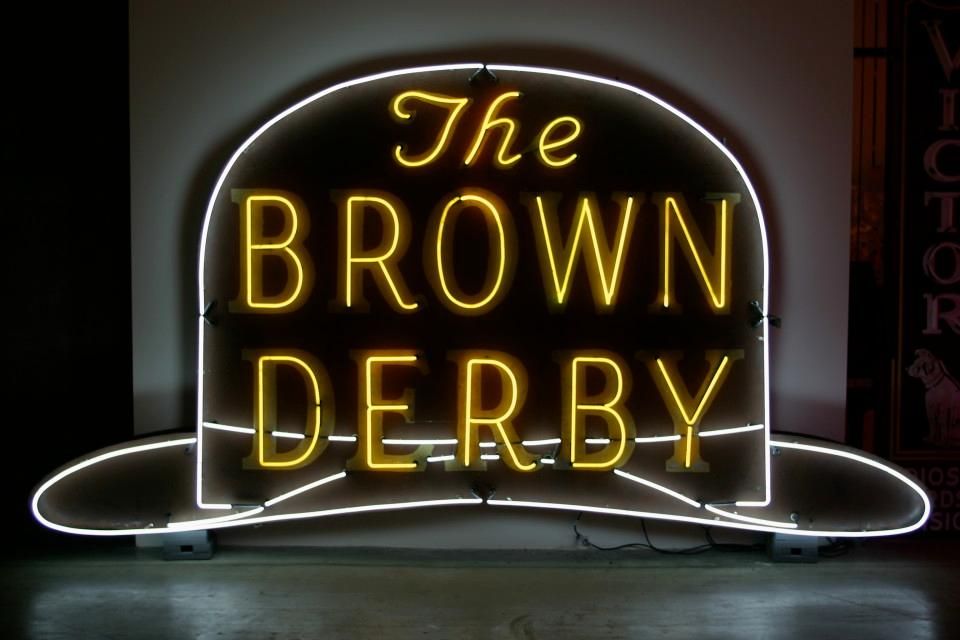
/https://tf-cmsv2-smithsonianmag-media.s3.amazonaws.com/accounts/headshot/erin.png)